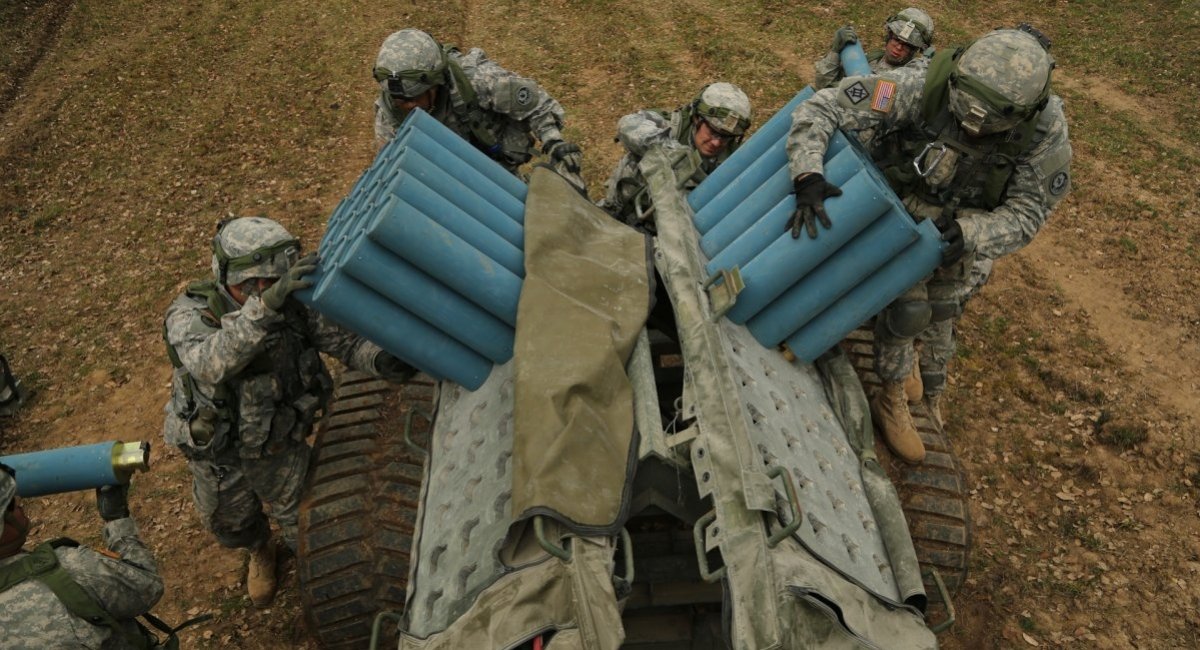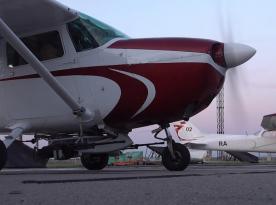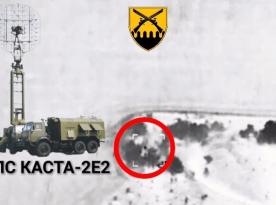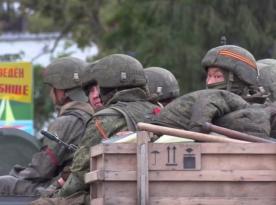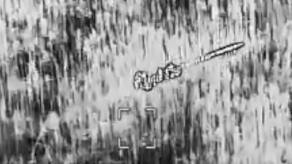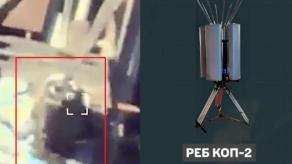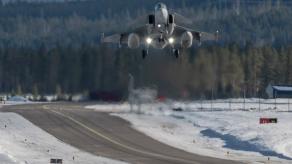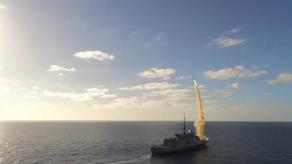Latest U.S. military aid package for Ukraine includes remote minelaying equipment, namely the Area Denial Artillery Munitions, the M131 Modular Pack Mine System, and the M136 Volcano launchers, according to information obtained by The New York Times. While we already discussed the two former items, the M136 Volcano is no less interesting, so let's dive a bit deeper into its features.
A variety of carrier options makes Volcano very versatile but the essence remains the same, be it installed on a truck, an armored vehicle, or a helicopter. The system consists of the standard M87 Mine Canister, each filled with 6 mines: 1 anti-personnel and 5 anti-tank ones, which were taken from the air-dropped CBU-89 GATOR cluster bomb for airborne area mining.
Read more: Features of the M131 MOPMS, a 1980s Remote Minelaying System That Ukraine Just Got From U.S.
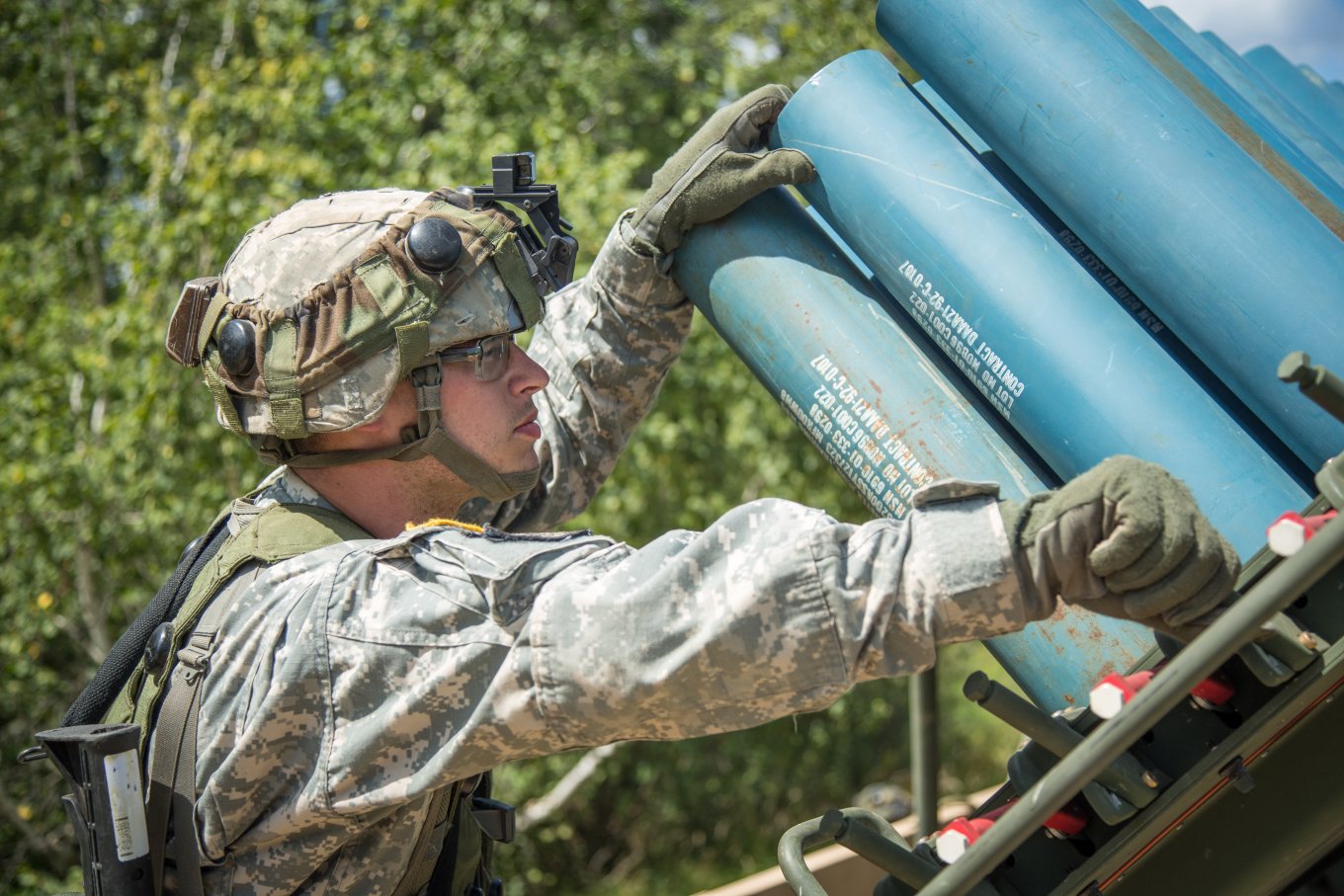
Firstly, the BLU-92/B anti-personnel mine provides a circular explosive effect in a 12-meter range (guaranteed lethality zone is 6 meters). The mine is triggered by a tripwire or a seismic sensor that reacts to human steps from a distance of 3 to 4 meters. These anti-personnel mines stay active for 4 or 48 hours, or even up to 15 days, followed by a self-destruct or automatic deactivation.
The BLU-91/B anti-tank mine is similar in shape and dimensions, life span, but has a magnetic sensor instead and explodes under armored or lighter vehicles.
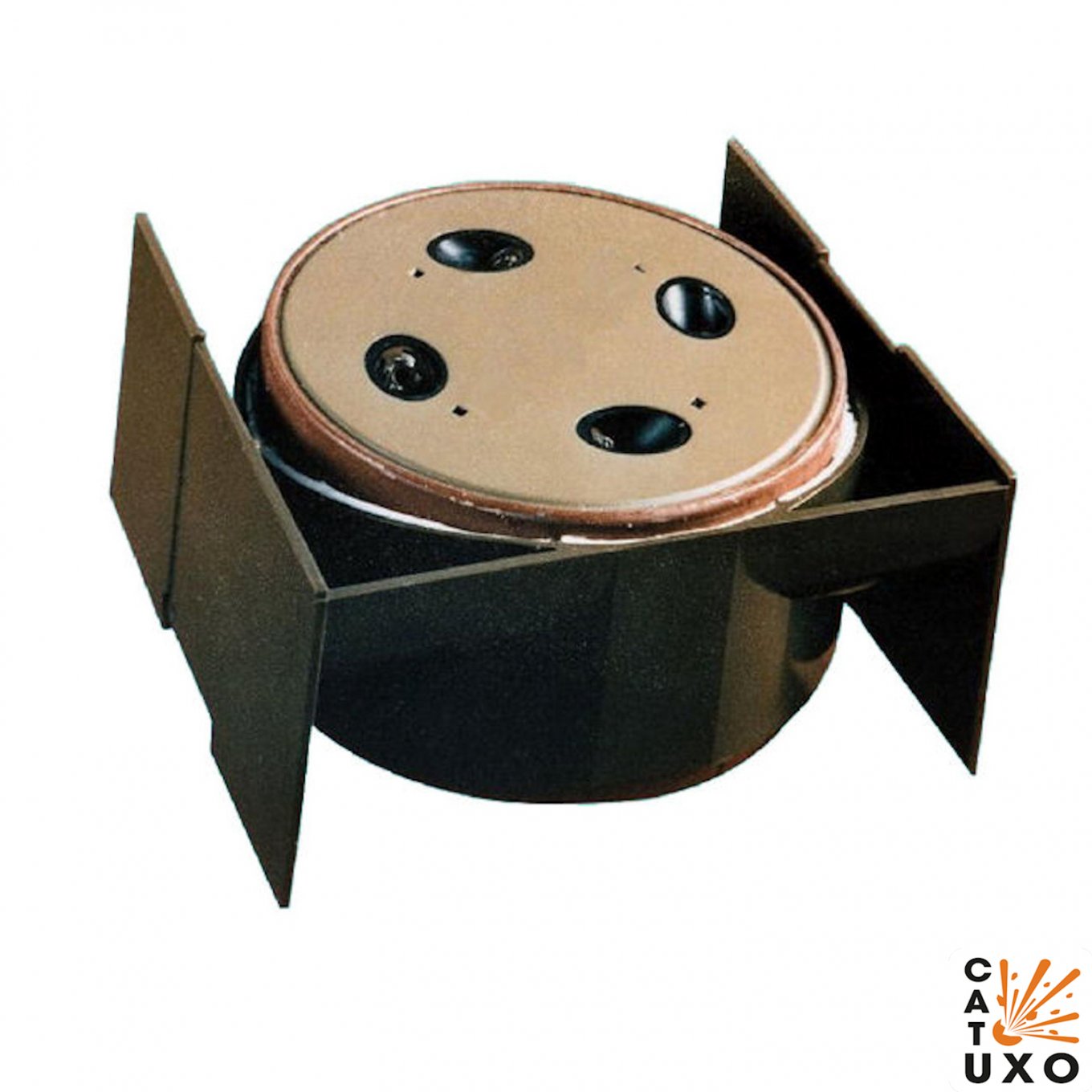
The Volcano kit also includes mounts for these containers and the Dispensing Control Unit (DCU) launch system. Using the control panel, the system operator adjusts the rate of mine firing, thus adjusting the density of the minefield, and sets the mine deactivation timer.
The key feature of this minelaying system is compatibility with a wide range of carriers. The dispensers can be installed on a helicopter's sides to deploy up to 960 mines per flight.
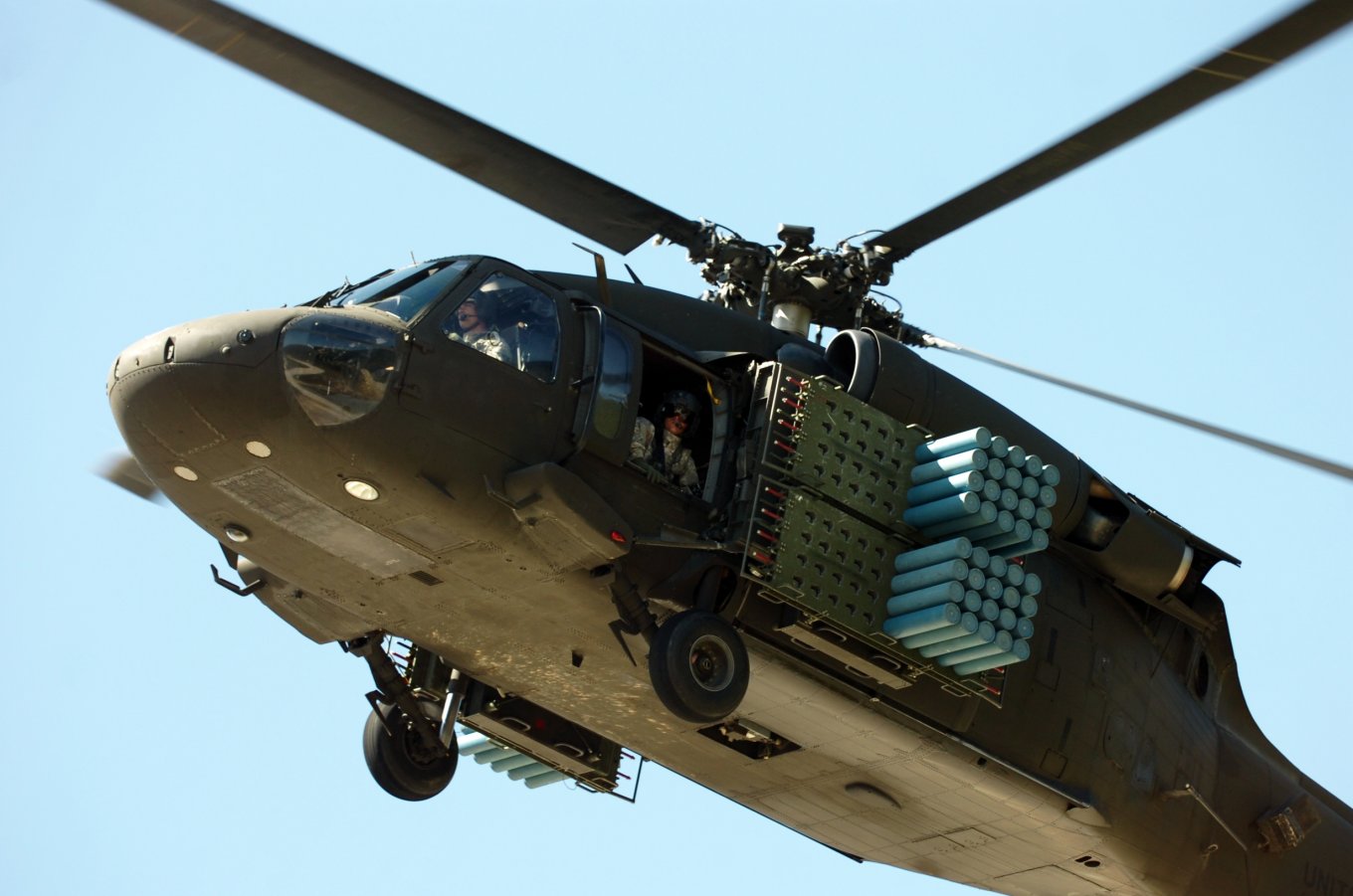
There is also a ground version: in the U.S. Army it is usually placed on a truck with an almost identical number of mines per discharge. By the way, 960 anti-tank and anti-personnel mines laid on the ground account for a minefield up to 1,100 meters long and 120 meters wide (60 meters from both sides of the carrier).
In Ukrainian battlefield conditions, however, both options would have disputable effectiveness. After all, using helicopters to lay mines right in front of the enemy only sounds possible in a slightly different type of war where one side has absolute air superiority. The same goes for sowing the mines from a barely protected truck amidst the tumult of maneuver warfare.
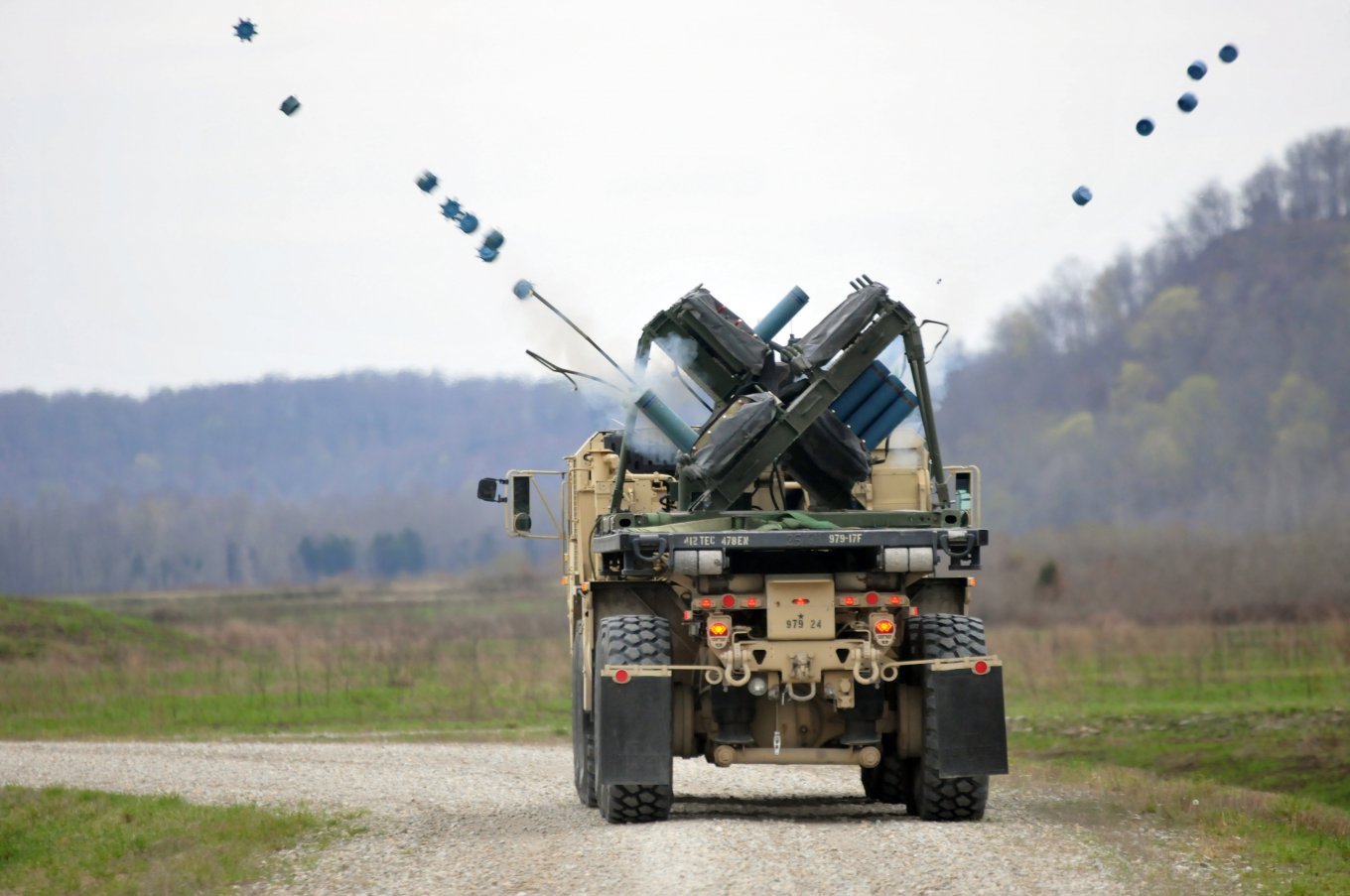
That is why the most objectively effective for Ukrainian realities might be the portable version of the Volcano system.
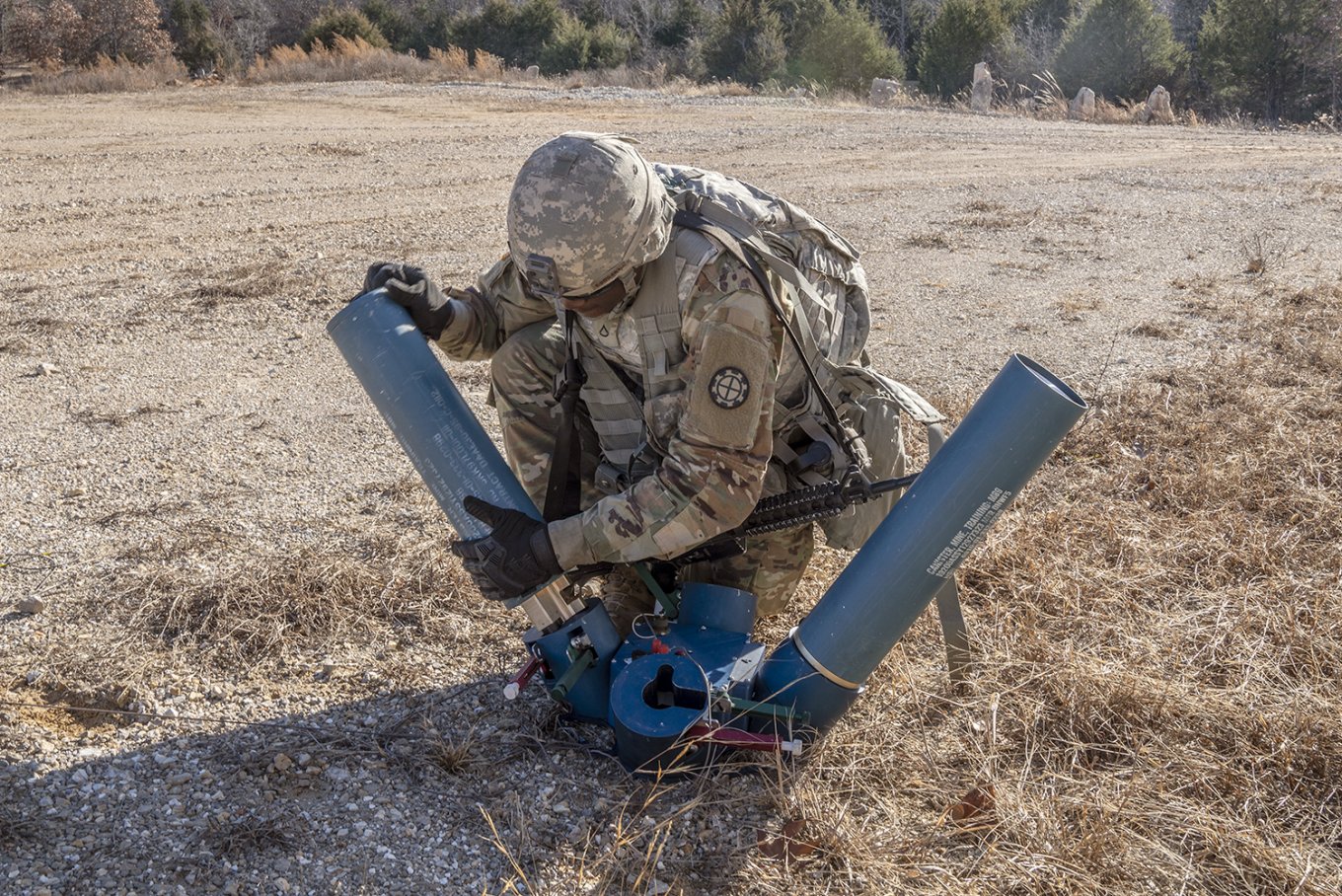
It employs the same M87 containers but mines are fired from a portable launcher that fits in a backpack. Such a smaller iteration can plant 24 mines around the emplacement point.
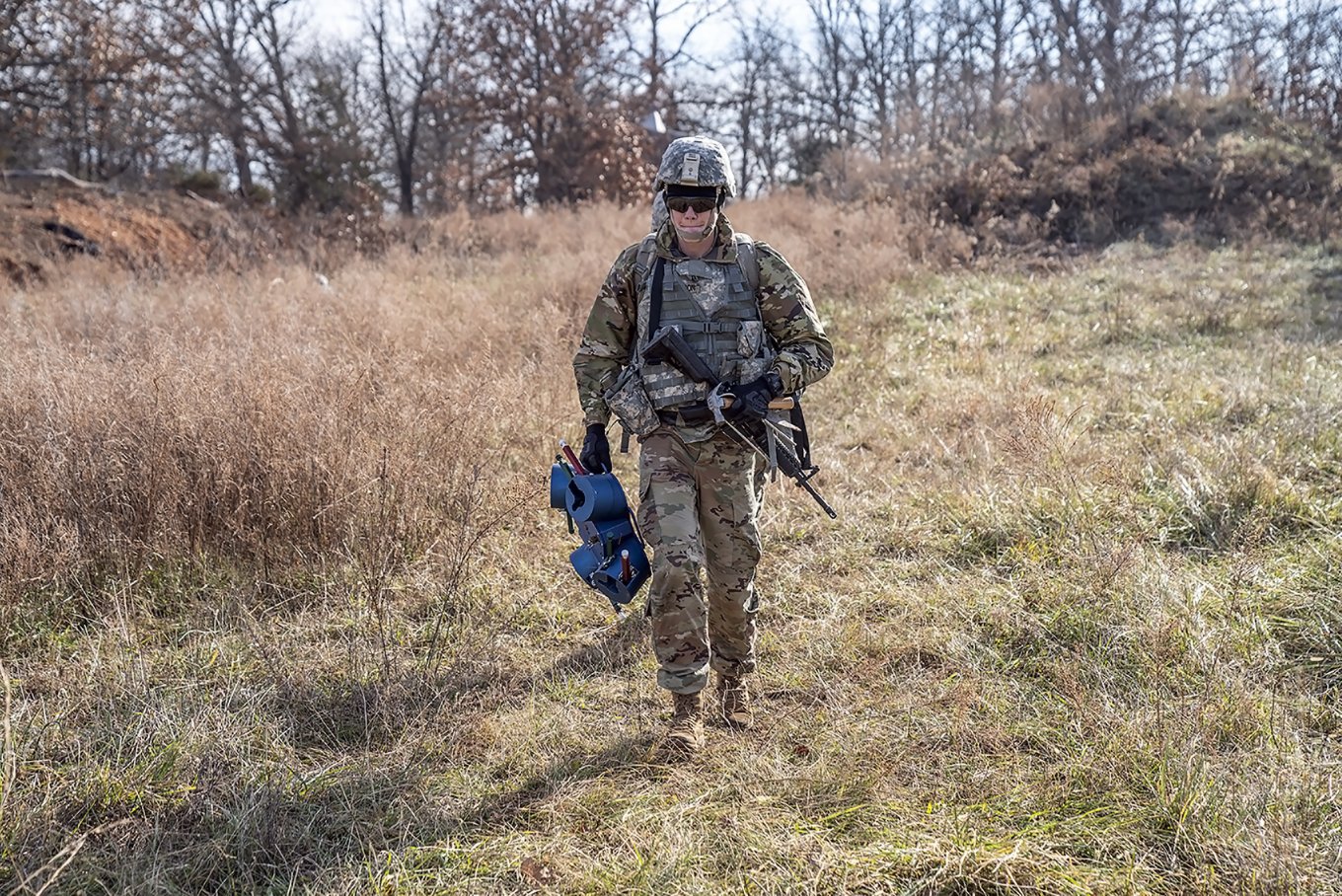
When installed, for example, in front of a stronghold, this system allows the troops in charge of this area to deploy a minefield without the need to request a team of engineers or other powers available only to senior commanders. The system's portability in this iteration combined with the functionality of the mines matches the Ukrainian frontline conditions in the best way possible.
Earlier Defense Express mentioned M136 Volcano in the context of armored military equipment that Ukrainian volunteers seek across marketplaces and auctions to hand over to the Armed Forces of Ukraine. Among them was the British carrier of Volcano, the Shielder armored vehicle, decommissioned after 2014 and likely repurposed for cargo delivery or evacuation of wounded.
Read more: US Provides $725 Million Aid to Ukraine Including Anti-Personnel Mines and Atypical Drones



